
Need for blood donations constant despite COVID-19
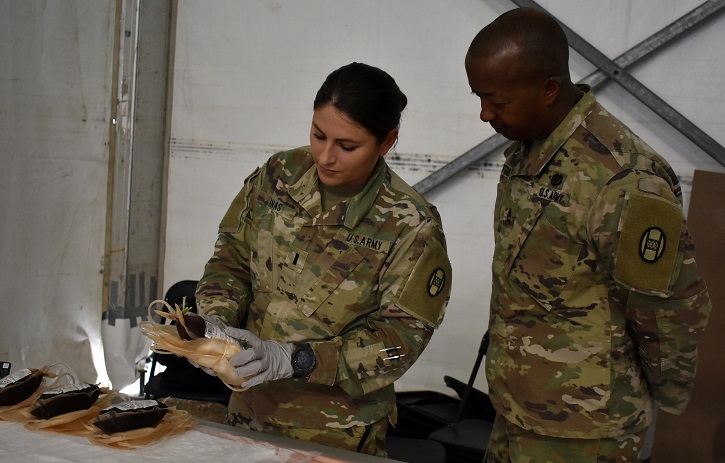
Medical soldiers from the 230th Brigade Support Battalion, 30th Armored Brigade Combat Team, North Carolina National Guard, host a blood drive at Fort Bliss, Texas. The need for donated blood is especially critical during the COVID-19 pandemic. (U.S. Army photo by Lt. Col. Cindi King)
The Military Health System is calling healthy donors to a vital and crucial task: help maintain the blood supply to meet current and future patient needs. The demand for blood from donations never goes away, even in the midst of a global pandemic. As local and state governments limit or ban public gatherings in response to COVID-19, the risk to the blood supply is top of mind for many in the health care community.
As of March 17, nearly 2,700 blood drives have been canceled across the nation, according to the American Red Cross, resulting in some 86,000 fewer blood donations. The Armed Services Blood Program has also experienced cancellations in blood drives currently scheduled on military installations. While the ASBP is able to meet current demands for blood products this week, “we all know that support can change overnight during this emergency,” said Army Col. Audra L. Taylor, ASBP division chief.
Donated blood products have a limited shelf life, which means continued blood donations are needed to replenish the supply and meet potential demand. Donated platelets have a shelf life of five days and whole blood donations remain viable for 21 or 35 days, explained Taylor, who said that while there may or may not be a huge demand for blood among coronavirus patients today, there are still patients within the Military Health System, such as trauma patients, cancer patients, and sickle cell patients, who need blood products.
“The blood we collected last week will impact people’s lives a week or two from now,” said Army Col. Jason Corley, director of the Army Blood Program. “In addition to meeting the needs of patients within the Military Health System and medical treatment facilities, we still have a responsibility to send necessary blood products to support the combatant commands,” Corley added.
Donating blood is safe and there is no known risk of coronavirus transmission by blood or blood component transfusion, Corley pointed out. “This is consistent with what we have seen in other respiratory illness, like SARS and even with the flu.”
According to Taylor the ASBP, in alignment with other agencies such as the Food and Drug Administration and AABB, has issued and implemented a list of guidelines to ensure the continued safety of the blood collection process in light of current circumstances. Some of those guidelines include:
• All staff participating in blood drives will be screened for general health through a temperature check
• All donors will have their temperatures checked before entering the blood collection area for registration
• Hand sanitizer and disinfectant wipes will be readily available for staff and donors to use at collection sites
• Donors will be kept at least 6 feet apart to maintain social-distancing recommendations while donating blood
• All reusable items, such as pens, donor beds, and clipboards, will be disinfected upon use
• Mobile blood centers will limit the number of personnel to maintain social distancing to the greatest extent possible
• Blood drives will limit the number of donors being processed at one time.
“We would encourage donors to [first] do a self-assessment and make sure they are healthy and eligible to donate,” said Corley. “We have put processes in place to keep the blood donation process safe and mitigate any viral transmission. [For example] there are two opportunities for checking a donor’s temperature before donating blood. And the donor is questioned at the time of donation regarding general health and medical conditions.”
Those able to donate blood can visit the ASBP website to find a local blood drive center and learn about upcoming donation drives and open-door hours. The ASBP will continue to monitor blood donor centers and transfusion services daily as it seeks to encourage blood donations across military installations.
“During this time, it is imperative that blood donations continue with the ASBP or any civilian blood collection agency,” said Taylor. “There are so many patients who still need blood products and rely on the generosity of our blood donors.”
In a COVID-19 world, pace yourself to stay resilient and avoid burnout
Article
3/26/2020
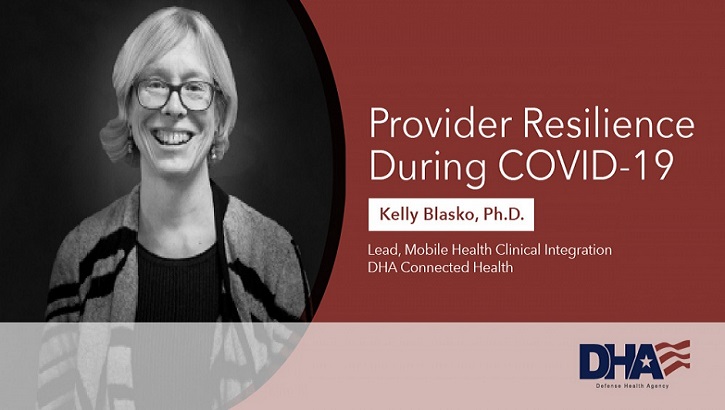
Our response to COVID-19 is a marathon, not a sprint
Nearly 10,000 Guardsmen called up for COVID-19 response
Article
3/25/2020
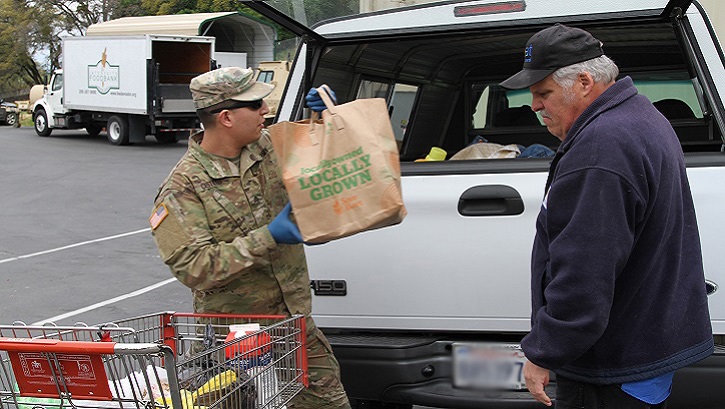
The president left control of the National Guard to the governors and the adjutant generals
DoD aims to fill medical gaps with military while states, cities ramp up
Article
3/24/2020

The secretary sees the military filling gaps in cities, states until they can deal with COVID-19 on their own
USNS Mercy departs San Diego
Article
3/24/2020
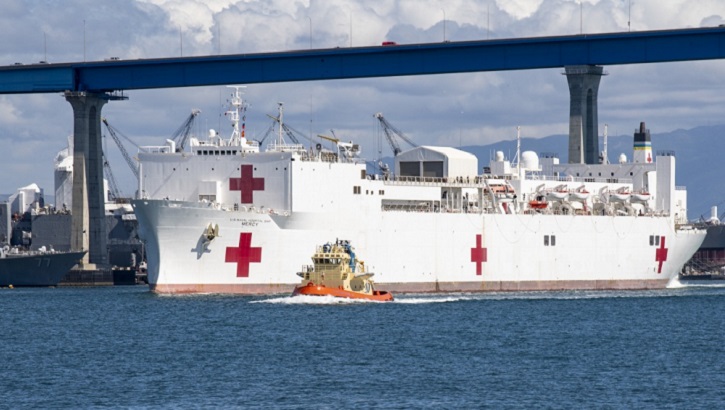
Mercy's mission is to provide full hospital services to support U.S. disaster relief and humanitarian operations worldwide.
A full night’s sleep could be the best defense against COVID-19
Article
3/23/2020

Getting more sleep could dramatically improve your odds of avoiding infection
Air Force takes steps to assure ‘unblinking’ operations, readiness and capabilities amid pandemic
Article
3/23/2020
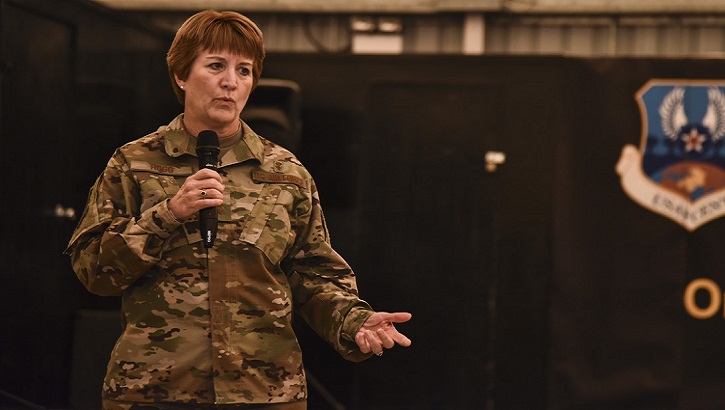
Within the Air Force, our medics are executing all available measures to mitigate the spread of COVID-19
Addressing emotional responses to threat of Coronavirus
Article
3/20/2020
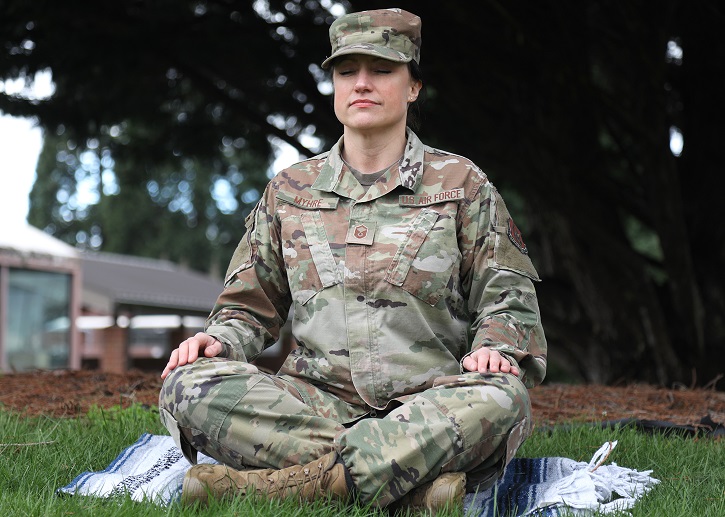
Even if you’re feeling healthy, medical professionals recommend staying home and limiting social contact as much as possible
Place addresses DHA COVID-19 response
Article
3/19/2020
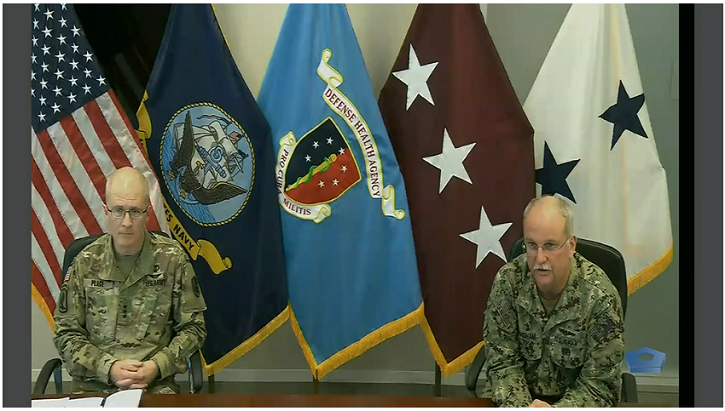
Crisis Action Team part of broad-based effort
DoD ready to help with Coronavirus, but capability limited
Article
3/17/2020
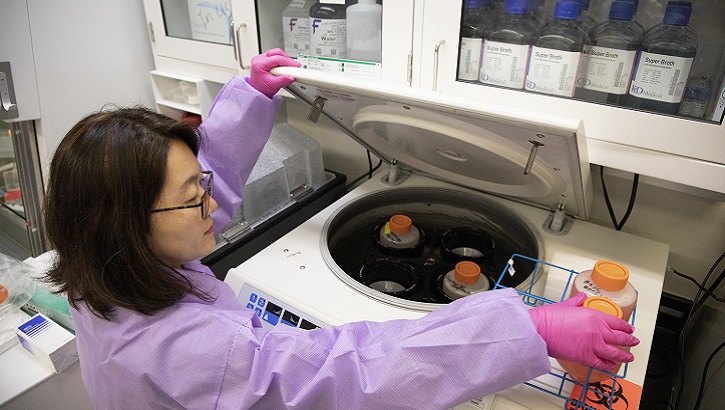
The DoD has only about 2% to 3% of the number of hospital beds that the private sector has
DoD issues flexible instructions on response to Coronavirus
Article
3/13/2020
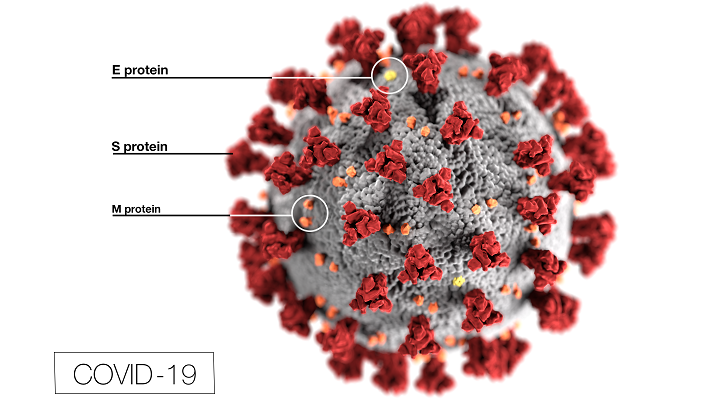
The memo covers aspects from before the outbreak through all levels of infection
How DHA monitors the spread of health outbreaks
Article
3/13/2020
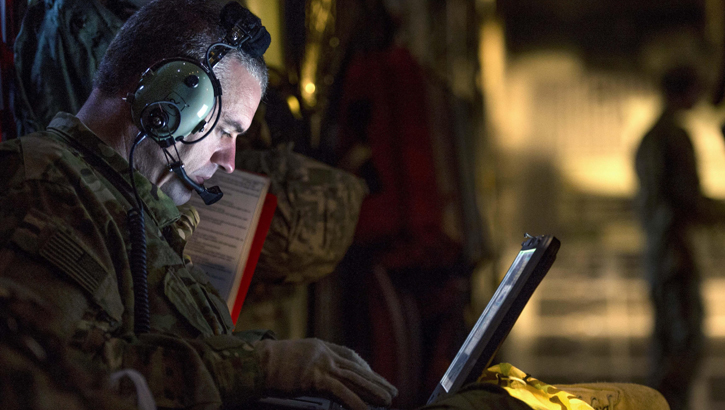
The Defense Health Agency works as a combat support agency to the military services and Military Health System
COVID-19: Know what the terms mean
Article
3/10/2020
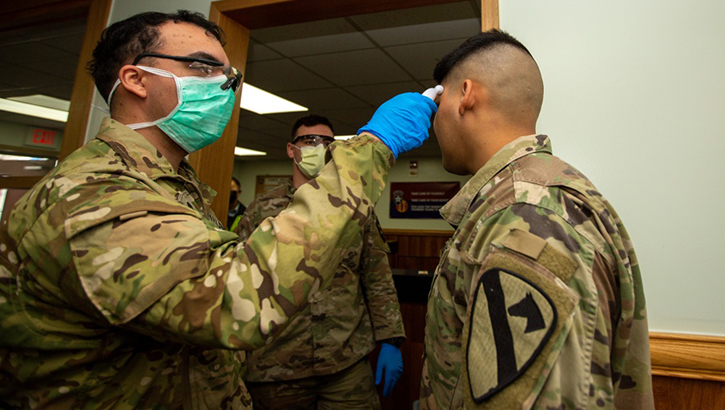
Learning the language can help you stay safe
Coronavirus: What you need to know
Article
3/6/2020

Although news stories and images contain many reports of people wearing surgical masks to ward off the virus, that's not recommended
DoD makes plans to combat Coronavirus
Article
3/4/2020
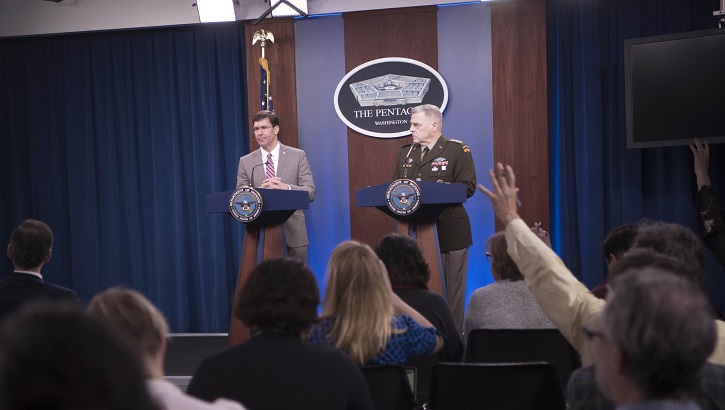
The number one priority remains to protect our forces and their families
MHS prepared to support interagency coronavirus response
Article
2/6/2020
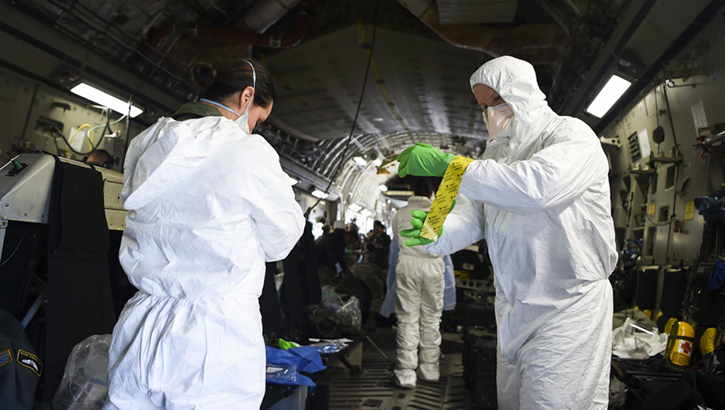
From R&D to force health protection, MHS protects DoD personnel and families






















.png)











No hay comentarios:
Publicar un comentario